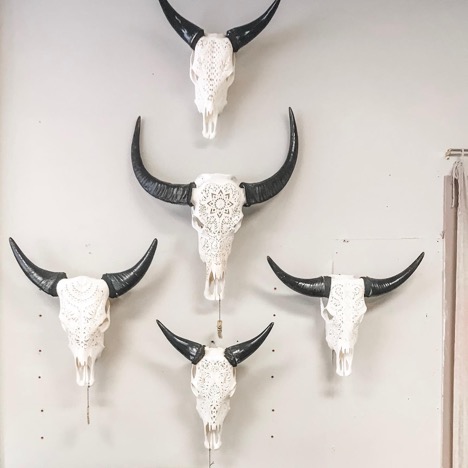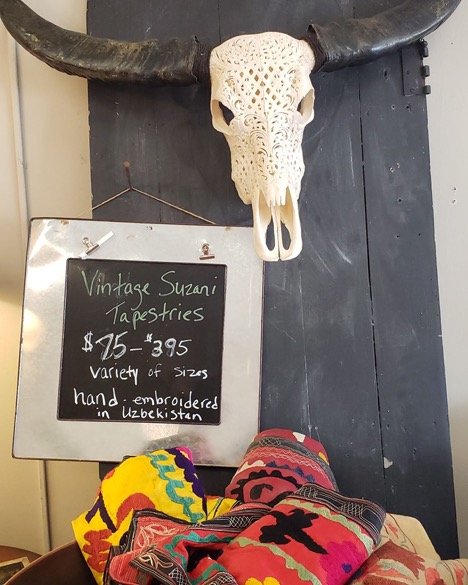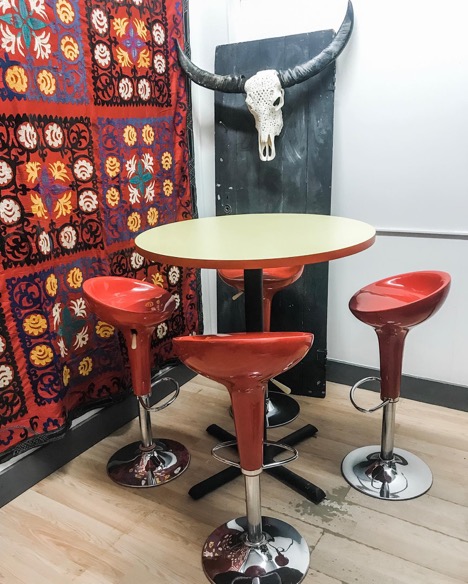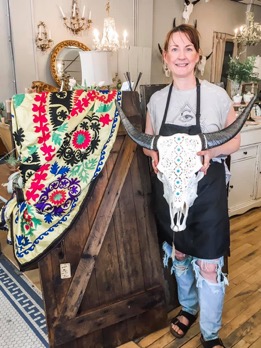There’s so much more than what you can see.
Simply put, Balinese skulls are incredible works of art. While many admire these skulls for their beauty, the Balinese people consider these them sacred part of their beliefs.
The Balinese live on the island of Bali, Indonesia – and have 5 centuries steeped in religious teachings and cultural traditions. This includes Hindu Shaivism with Buddhist influences. The Balinese believe in cremation to liberate souls for the onward journey and believe in reincarnation. Here’s a few things we bet you didn’t know about Balinese skulls:
1) Bali skulls have a strong connection to animism.
Animism is defined as “the religious belief that objects, places and creatures all possess a distinct spiritual essence.” Essentially, those who practice animism perceive all things as having a soul and being alive.
This includes animals, plants, rocks, water, weather and human objects. According to the Balinese, there is no distinction between the physical world and the spiritual one. The deep connection and strong value of all things translates into the Balinese skulls – because it emphasizes the importance of using every part of an animal and respecting its existence.

2) Different skulls have different ceremonial uses.
Balinese skulls are used for a variety of purposes and are created for different reasons, similar to Bali masks, often used for weddings or funeral rites.
According to Arts of the World Gallery, some skulls are made only for use in ceremony, and can never be worn outside of that space. The purpose for others is for home decoration and personal use. Each mask is destined to communicate some of the life of the world that it represents. They are not viewed as simple art, but rather a reflection of the importance of all life and the spirits that live within.
According to The Culture Trip, “when Hindu influences of India entered Bali, the religion interacted and became dynamically acculturated with the existing ancient belief system.”
Despite these changes, cultural objects, including the skulls and masks, maintained their place within Bali beliefs.
However, with the integration, the teachings were broadened to include Hindu ideals. Balinese Hindu created their own interpretations of the Hindu mythologies, influencing their art, including dance, music and physical creations. These skulls, though present before the Hindu teachings were adopted, naturally fit in with Hindu teachings and remained an important part of Bali art.

3) The process of carving is very intentional.
In connection with their deep-rooted beliefs in animalism, each skull is carved with the intent to provide the animal with dignity and respect.
The process of cleaning the bones and preparing them for carving takes anywhere from one to two weeks. After cleaning is complete, it will take two or three days to shape the skull. Artists then can add paints, stones or other embellishments to complete each design. Many are crafted to reflect religious figures and artifacts.
Whether following tradition and hunting each animal or following cruelty-free standards and only using skulls of previously deceased animals, each craftsman invests time and energy to ensure the animal is respected.

4) Bali skulls connect community to the gods.
Bali skulls are not alone in serving the spiritual purposes of the Bali Hindu. The combination of music, dance, and costume create a special synergy. This shows reverence and creates an offering when presented to the gods in temples or ceremonies. Specific masks are created for these celebrations and can only be worn for this purpose.
The intricate carvings on the animal skulls are often religious images, such as this portrayal of Ganesha, the Hindu god of knowledge. Many carvings are created in celebration of certain gods

The Balinese have a rich history that is deeply-rooted in their value of all things. Balinese skulls are no exception to this belief – and encompass much about their religious teachings and way of life.
It is important for us as art connoisseurs to value and appreciation the long-standing history and traditions that exist within these masks and to appreciate the culture that lives within each piece.
Drop by Reimagined by T. Underwood to check out our Balinese skulls any time, and ask us questions! We’re always happy to chat about our collection.







